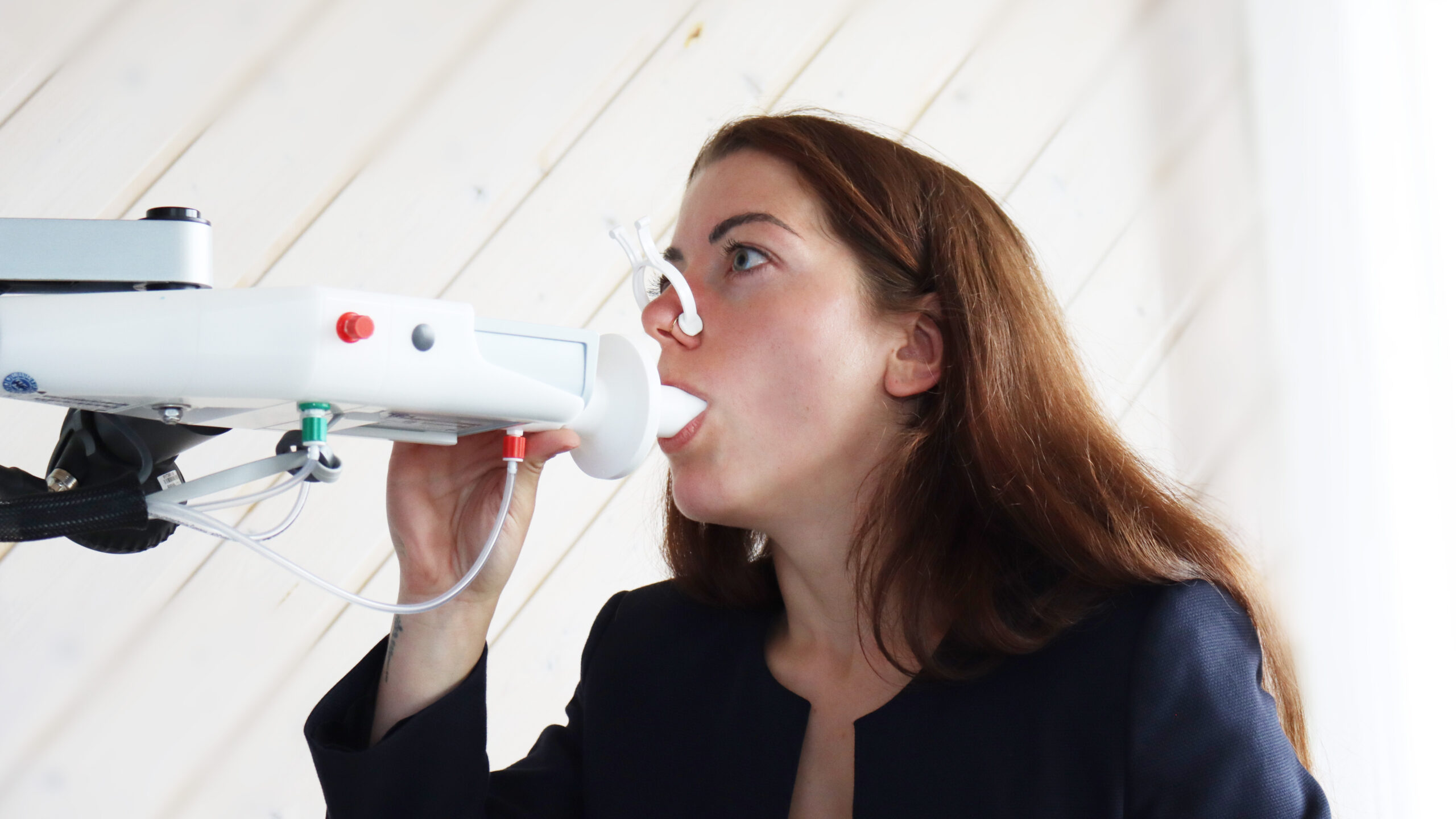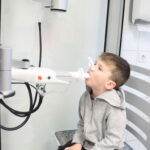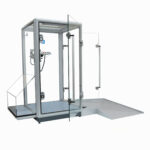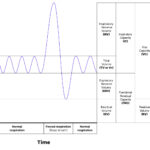When selecting a good pulmonary function test (PFT) filter, several key parameters need to be considered to ensure accurate, reliable, and safe testing. Here are the important parameters to consider:
1. Filtration Efficiency
- Bacterial/Viral Filtration Efficiency (BFE/VFE): The filter should have a high efficiency in trapping bacteria and viruses to prevent cross-contamination between patients. Look for filters with BFE/VFE ratings of 99% or higher.
- Particulate Filtration Efficiency (PFE): The filter should also effectively trap particulate matter to ensure clean airflow through the spirometer.
2. Flow Resistance
- Low Resistance: The filter should add minimal resistance to airflow to avoid affecting the test results and to ensure patient comfort. High resistance can make it difficult for patients, especially those with severe respiratory conditions, to perform the test accurately.
3. Dead Space Volume
- Minimal Dead Space: The filter should have a low dead space volume to ensure that the volume of air not participating in gas exchange is minimized. High dead space can alter the measurements of lung volumes and capacities.
4. Compatibility
- Device Compatibility: Ensure that the filter is compatible with the specific spirometer or PFT device being used. Different devices may have varying connection requirements and designs.
- Universal Fit: Some filters are designed to fit a wide range of devices, which can be advantageous for clinics with multiple types of spirometers.
5. Durability and Construction Quality
- Strong Construction: The filter should be robust enough to withstand the pressures of repeated use and handling.
- Materials: High-quality, hypoallergenic materials should be used to prevent any adverse reactions in patients.
6. Ease of Use
- Easy to Attach/Detach: The filter should be easy to install and remove from the spirometer. This facilitates quick changes between patients and ensures a smooth workflow.
- Clear Instructions: Filters should come with clear instructions for use, ensuring that healthcare providers can install them correctly.
7. Cost-Effectiveness
- Affordable: While ensuring high quality, the filters should also be cost-effective, especially in high-volume testing environments where multiple filters are used daily.
8. Regulatory Compliance
- Certified and Approved: The filters should meet regulatory standards and be approved by relevant health authorities (e.g., FDA, CE marking) to ensure safety and efficacy.
Why to choose the GANSHORN SpiroDef-Filter?
- Integrated mouthpiece: saving on additional components
- Tight seal around the lips: for exact results
- Compact for space: saving storage
- Ergonomic shape: oval design
- Climate-saving production
A good PFT filter should have high filtration efficiency, low resistance, minimal dead space, compatibility with devices, strong construction, ease of use, cost-effectiveness, and regulatory compliance. Ensuring these parameters will help maintain the accuracy of pulmonary function tests, ensure patient safety, and optimize the workflow in clinical settings.




